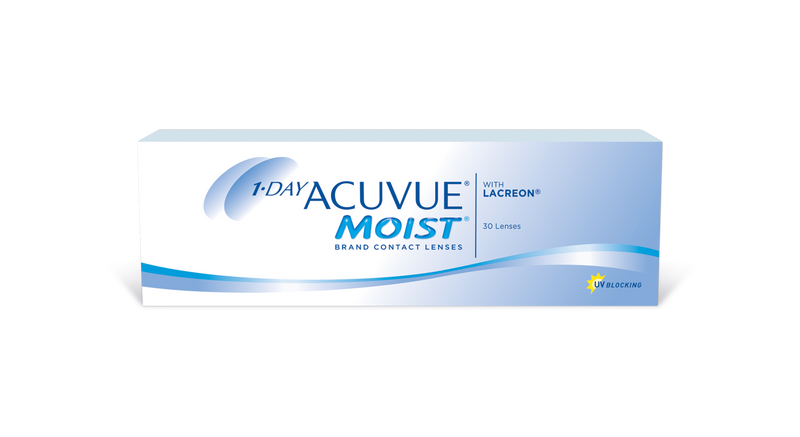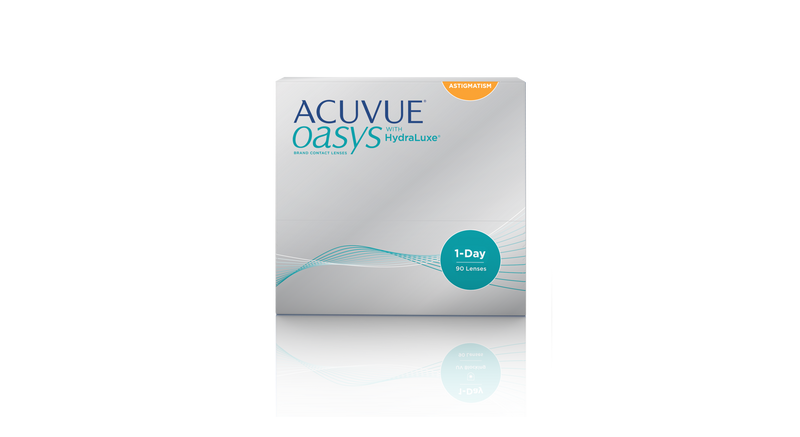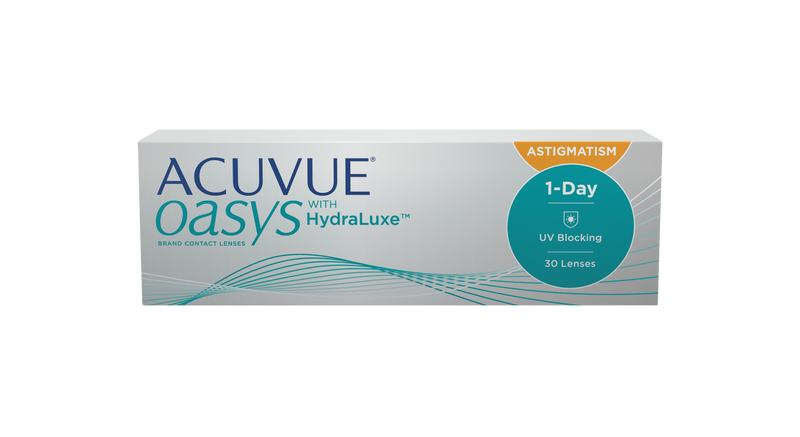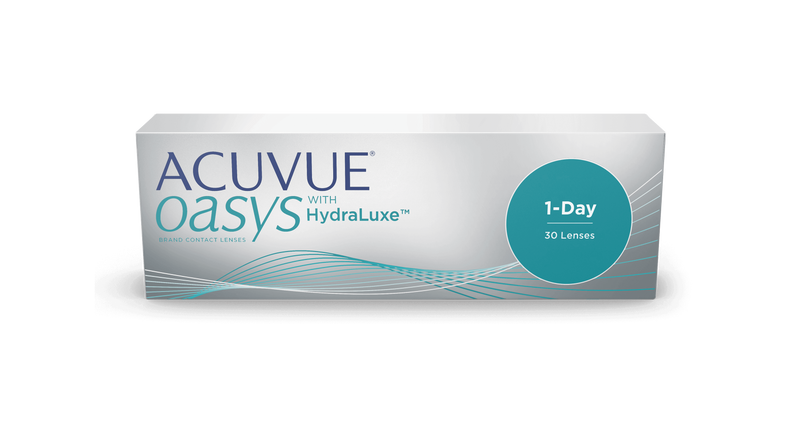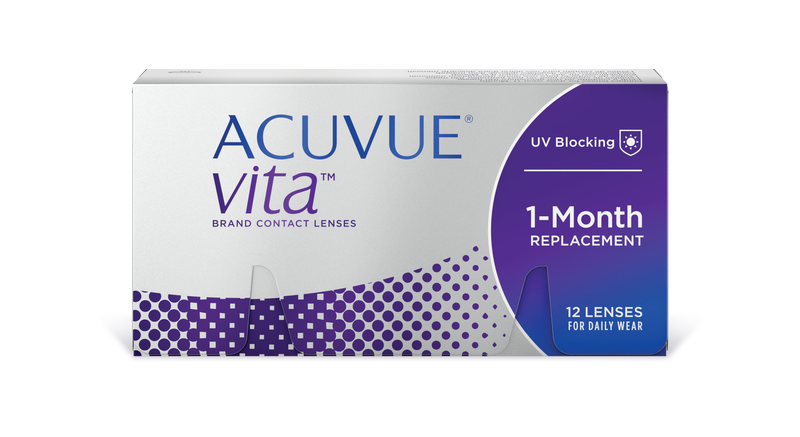
What Are Cataracts and How Do You Prevent Them?
Share
What Are Cataracts?
Any changes to your eye health, especially ones that involve the loss of clear vision, can be scary. Cataracts are one such health issue and refer to the clouding of an otherwise clear eye, resulting in blurred vision. People who have experienced cataracts describe the blurred vision as if they were looking at the world through a frosty or foggy window. While painless, this cloudiness can make it difficult for people to perform normal daily functions such as reading or driving.
Because cataracts typically develop slowly over time, detecting them or noticing the symptoms can also be difficult. In its early stages, certain glasses as well as improved lighting can help counter vision troubles, but as cataracts worsen, their effect on life becomes more apparent and these temporary solutions lose their effectiveness. Fortunately, cataract surgery is a common, safe, and effective procedure used to remove cataracts in patients.
Today, we’ll be discussing cataracts and their causes, symptoms, risk factors, prevention options, and more.
What Causes Cataracts?
A cataract is when the lens of your eye becomes cloudy or foggy. Cataracts are most commonly the result of age or eye injury. Both lead to the breaking down of the proteins and fibres in the lens of the eye. The lens, which is located behind the pupil and iris (the coloured part of your eye), helps to focus light and project clear, sharp images onto your retina. The deterioration of the proteins and fibres in your lens make it less flexible and less transparent, resulting in clouded vision.
As you age, more proteins and fibres in your lens start to break down and clump together, increasing the area affected and further reducing the clarity of your vision by scattering light or blocking it from passing through the lens entirely.
Cataracts can, and typically will, develop in both eyes, but not necessarily at the same time or at the same rate. The varying severity of the cataract in each eye will result in a difference in vision clarity, calling for different treatment methods.
Types of Cataracts
There are various types of cataracts, each forming in different ways and producing slightly varying symptoms. Here are just some of the different types of cataracts:
Nuclear Cataracts: This is the most common type of cataract and forms at the centre of your lens. It can lead to nearsightedness and even potentially a temporary improvement in your reading vision.
Cortical Cataracts: These cataracts form on the outer edge of your lens as white wedges that point toward the centre of your eye. As they worsen, they can scatter light and affect your vision, both near and far.
Posterior Subcapsular Cataracts: This type of cataract forms on the backside of your lens capsule, blocking light and often producing symptoms quicker than some other cataract types.
Congenital Cataracts: If you’re born with cataracts, they are known as congenital cataracts and can be the result of genetics, trauma, or other health conditions.
Cataract Symptoms
As mentioned earlier, detecting cataracts can be difficult because they are commonly a result of ageing and therefore develop slowly and gradually worsen over time. That being said, being aware of the symptoms and knowing whether you should see an eye doctor or not is important in caring for your eye health.
If you begin to develop cataracts, you may start noticing the following symptoms:
- Clouded, blurred, dim, or unclear vision
- A decrease in ability to see clearly at night
- Sensitivity to bright light, including from the sun
- Noticing a glare or “halo” around lights
- Double vision in the affected eye
- Requiring improved lighting for activities such as reading
- Fading colour vision
- Eyeglasses or contact lenses frequently and/or suddenly losing their effectiveness
You’ll notice that some of these symptoms are similar to those of astigmatism, so it’s always best to consult your eye doctor at the first sign of any vision change.
Cataract Risk Factors
Risk factors refer to certain conditions or lifestyle choices that increase your risk of developing a particular health concern.
The following are the risk factors associated with cataracts:
- The normal ageing process
- Diabetes
- Obesity
- High blood pressure
- Excessive exposure to sunlight without proper protection
- Smoking
- Previous eye injury
- Previous eye surgery
- The prolonged use of steroid medications
- Excessive alcohol consumption
Preventing Cataracts
Cataracts develop as part of the normal ageing process and while there’s not much you can do about that, you can take certain steps to slow down the development process and protect your eye health.
Many of the options you have for cataract prevention are directly related to its risk factors:
- Treat Your Other Health Concerns: If you have diabetes or other medical conditions that increase your risk of cataracts, ensure that you’re properly following your treatment plan.
- Choose A Healthy Diet: Incorporate fruits and vegetables into your diet to ensure you’re receiving the proper nutrients and vitamins necessary to maintain your eye health. Consult your eye doctor for suggestions on which fruits and vegetables to add to your diet.
- Use Proper Eye Protection: Wearing sunglasses (and even hats) can limit your eyes’ exposure to the harmful ultraviolet light emitted from the sun when you’re outdoors.
- Quit Smoking: If you smoke, quit. If you don’t smoke, don’t start.
- Regular Eye Exams: Monitor and maintain your eye health through regular eye exams scheduled according to your eye doctor’s recommendations. This can help detect cataracts and other eye concerns early, potentially increasing the chance of successful treatment and decreasing the risk of serious vision issues.
- Reduce Alcohol Consumption: Excessive alcohol consumption can increase your risk of developing cataracts as well as other health issues.
Diagnosing Cataracts
Book an appointment with your eye doctor or ophthalmologist if you’re experiencing symptoms of cataracts or notice any other changes in your vision. Your eye doctor will go over your medical history and conduct an eye exam to test and evaluate your eye health. Your eye doctor will be able to determine how far your cataracts have developed and see how much of your lens has been blocked.
Even if you aren’t experiencing symptoms, it’s important to be proactive about your eye health with regular eye exams. Speak with your ophthalmologist to determine how often you should go in for an eye exam, based on your age and medical history.
Cataract Treatment
Eventually, the use of prescription eyeglasses can’t help with clearing or improving your vision and your eye doctor may recommend cataract surgery, especially if it is affecting your quality of life. Cataract surgery is a common, safe, generally effective procedure that involves removing your clouded lens and replacing it with a clear artificial one. The new lens is shaped to fit you perfectly and will remain in your eye permanently. Cataract surgery is quick, usually taking no more than 30 minutes, so you can expect to be able to go home within an hour.
Consult your eye doctor to determine whether cataract surgery is right for you.
Booking An Eye Exam
As you can see, it’s important to stay on top of your eye health by completing regular eye exams. At Look Optometry, our experienced and friendly team of professionals are dedicated to caring for you and your eyes. If you’re experiencing any symptoms of cataracts, are worried about other eye health concerns, or simply have a question, please don’t hesitate to contact us.
Whether you’re a new patient or a returning one, you can always visit our patient portal to book an appointment with us – we look forward to seeing you!
For information on other interesting eye health topics, feel free to check out our blog.